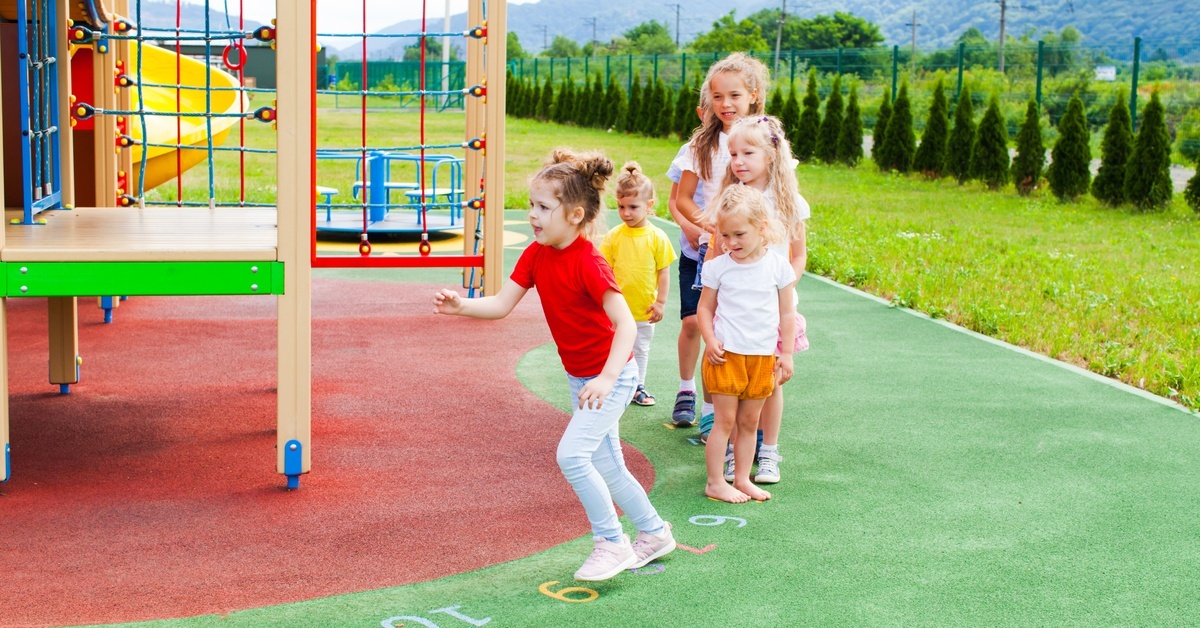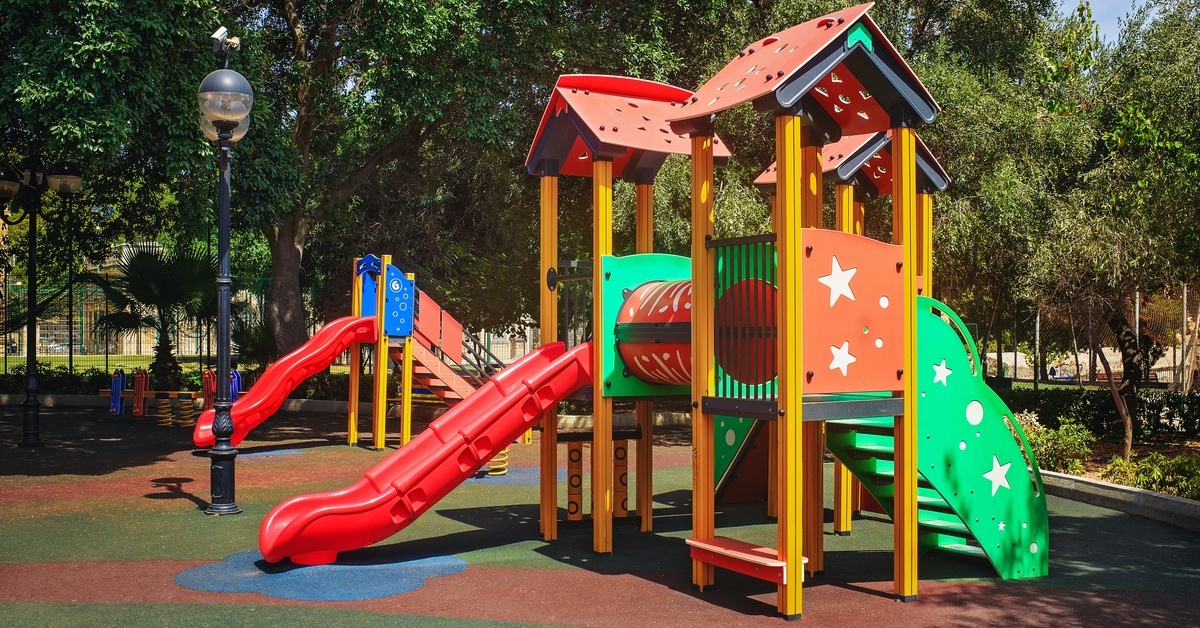A rubber play surface offers a cushioned, durable base for playgrounds in schools, parks, and communities nationwide. Facility managers, property owners, and maintenance staff appreciate this material for its safety and long-lasting quality. However, even the strongest surfaces wear down over time due to frequent use, weather exposure, and temperature changes. Detecting issues early helps prevent them from becoming bigger, more costly repairs and keeps the area safe.
Knowing how to spot early damage in rubber play surfaces protects your investment and the people who use it. Keep reading to create an effective maintenance schedule.
Inspecting for Surface-Level Issues
Routine visual inspections form the first line of defense in playground maintenance. You can catch many developing problems with a careful walk-through. Look for changes in the surface texture and appearance, as these often signal underlying trouble.
Fading and Discoloration
One of the most apparent signs of wear is color changes. Ultraviolet rays from the sun break down the pigments in the rubber, causing the vibrant colors to fade. While some fading is natural, uneven or accelerated discoloration can point to areas of greater exposure or material degradation. Patches that appear chalky or hazy may indicate that the binder that holds the rubber granules together is weakening.
Quick Tip: Schedule inspections during different times of the day. The changing angle of the sun can reveal subtle inconsistencies you might otherwise miss.
Cracks, Tears, and Gouges
Pay close attention to any breaks in the surface. Small hairline cracks might seem minor, but they allow moisture to seep underneath the rubber. When water gets trapped, it can lead to bigger issues, especially in climates with freeze-thaw cycles. Water expands when it freezes, which can widen cracks and cause sections of the surface to lift or heave.
Inspect for:
- Hairline Cracks: Small, fine lines that may appear in a web-like pattern.
- Tears: Longer, deeper splits, often near high-traffic areas like the bottom of slides or under swings.
- Gouges: Chunks of rubber missing from the surface, possibly from vandalism or heavy, sharp objects.
These openings compromise the surface's shock-absorbing properties and create tripping hazards. A small tear can quickly grow as children pick at it or as foot traffic catches its edges.

Examining for Structural Problems
Beneath the surface, more subtle issues can develop. These problems affect the structural integrity and safety of the playground. Ignoring them can result in widespread failure of the entire surface.
Soft Spots and Indentations
A high-quality rubber surface should feel firm and consistent underfoot. While it has some give for impact absorption, it should not feel mushy or spongy. Walk the entire area, paying special attention to landing zones and pathways. Soft spots often suggest water has saturated the sub-base beneath the rubber. This moisture weakens the foundation, causing the surface above it to sink.
Likewise, look for permanent indentations. These depressions can collect water, creating puddles that accelerate the breakdown of material. They also present an uneven surface that increases the risk of trips and falls for everyone, from young children to dog owners, using a community space.
Edge and Seam Separation
Edges and seams are vulnerable spots. Proper installation means a tight bond between the surface and its border (e.g., concrete curb). Check for any pulling away or separation; gaps let water and debris get underneath, lifting the surface.
Larger installations have seams where rubber sections meet. These should be nearly invisible. Visible lines or raised edges indicate a failing bond, creating trip hazards and inviting damaging moisture. Early detection simplifies repairs.
A poured-in-place playground surface offers a seamless and accessible option for many municipalities and school systems. Its unified construction minimizes the number of seams that could potentially fail. Even with this type of installation, you must regularly inspect the perimeter and areas around equipment posts for any signs of shrinkage or separation. Prompt attention to these spots maintains the surface’s integrity.
Responding to Surface Granulation
One of the clearest indicators of aging in a rubber playground surface is granulation. This occurs when the tiny rubber granules begin to break loose from the binder.
What Is Granulation?
You may notice an accumulation of loose rubber particles, similar to coarse sand, on top of the play surface. This material loss means the surface is becoming thinner and losing its protective, shock-absorbing properties. You might find these granules collecting in low spots or near the edges of the playground. The presence of loose granules signals that the top wear layer is deteriorating.
Why It Matters
This deterioration affects safety and cleanliness. The thinning surface offers less protection against falls. Loose granules also get tracked into buildings on shoes, creating a mess for custodial staff. Proactive maintenance can address granulation before large sections of the surface require complete replacement.
A property manager at an apartment complex can prevent resident complaints about tracked-in debris by addressing this issue promptly. Knowing how to spot early damage in rubber play surfaces is a skill that saves money and reduces liability. A systematic approach to inspection and repair keeps your playground safe and functional for years.

Taking Proactive Steps
Regular maintenance is far more cost-effective than a complete replacement. Once you identify any of the issues mentioned, taking swift action is essential.
Your Maintenance Action Plan
- Document Everything: When you find a problem, take a clear photo. Note its location, size, and the date you found it. This record helps you track the issue and provides valuable information to a repair professional.
- Clean the Area: Before any repair, thoroughly clean the damaged section. Remove all loose granules, dirt, and debris. The area must be dry for repair materials to bond correctly.
- Assess the Scope: Minor cracks and small gouges are often good candidates for DIY repair kits. These kits come with the necessary binder and rubber granules to patch the problem area. However, widespread issues like large soft spots, extensive granulation, or seam separation typically require professional intervention.
When to Call for Professional Help
For extensive damage or issues related to the sub-base, contacting a professional is the best course of action. Experts can assess the underlying cause of the failure, which might be a drainage problem, and perform a lasting repair. They have the specialized equipment and materials to handle large-scale patches or resurfacing projects. This ensures the repair integrates seamlessly with the existing surface and maintains compliance with safety standards.
Keep Your Playground Safe and Sound
A well-maintained rubber play surface is a valuable asset for any school, park, or residential community. By conducting frequent and thorough inspections, you can identify and address minor issues before they become major liabilities. This proactive approach protects your investment, limits your liability, and provides a safe environment for children to play.
Looking to fix the wear and tear on your playground surface? We offer everything from DIY patch kits to professional repair products to help you maintain it in optimal condition. Visit our website and reach out to our team at Discount Playground Supply to explore our complete range of surface repair solutions today.

